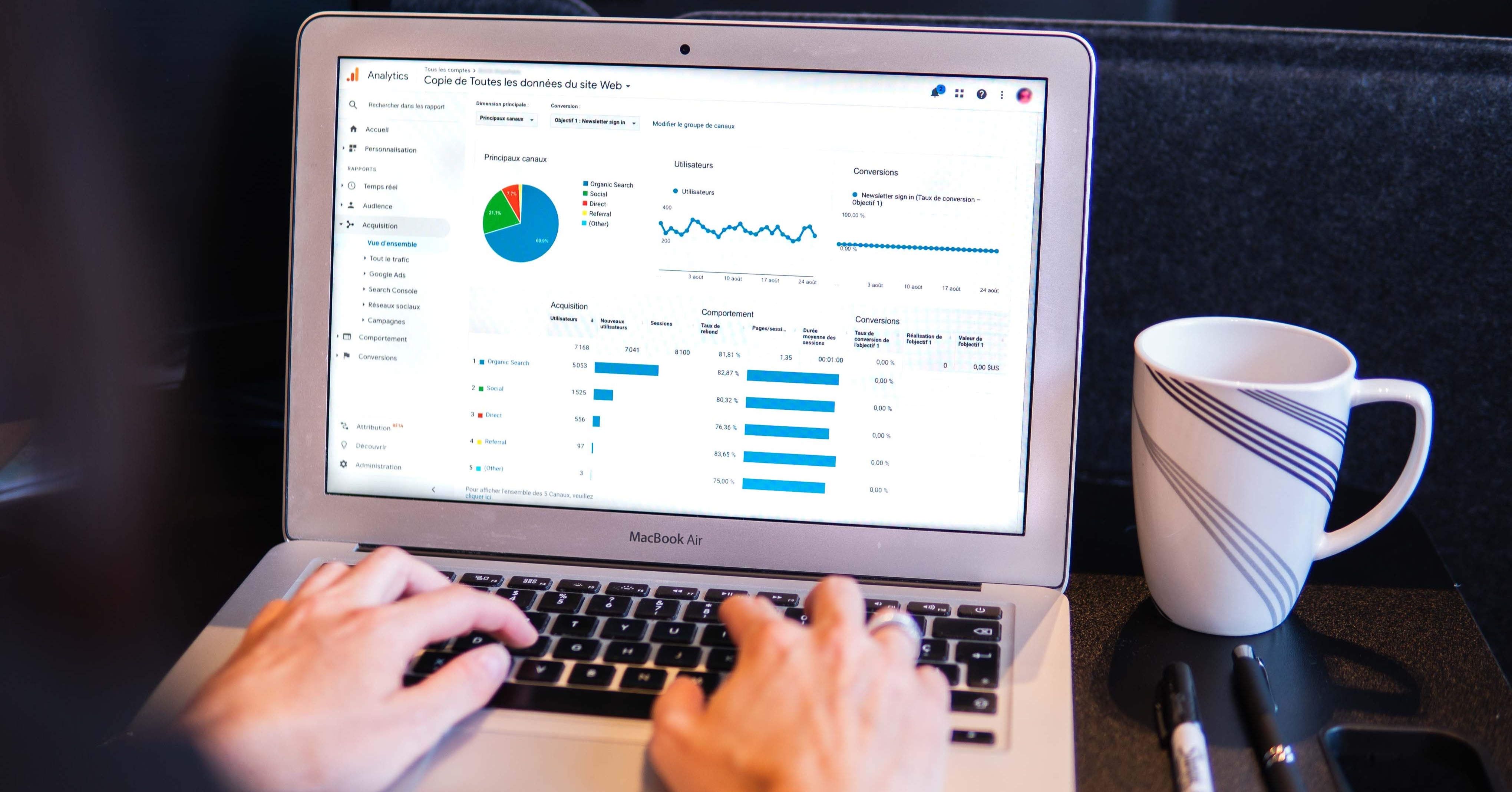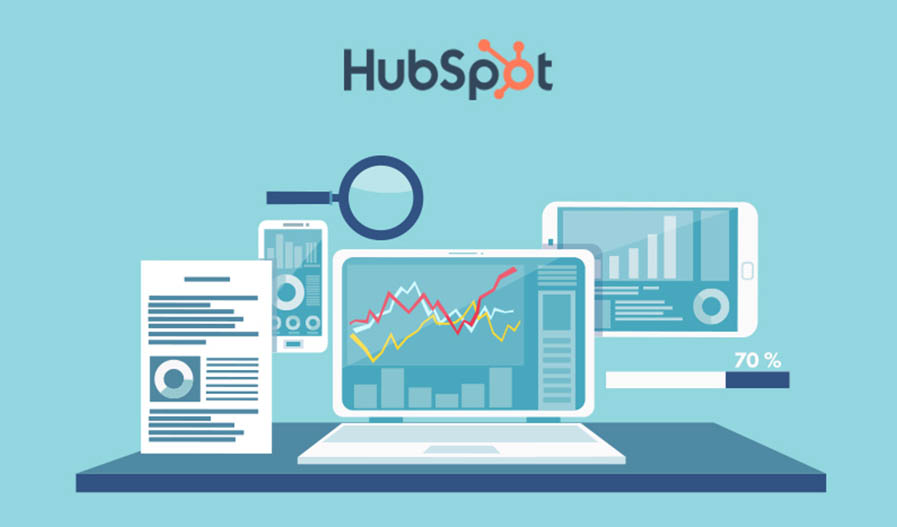As a small business owner, it is so important to understand the power of analytics and what it can do for your business. While many business owners are familiar with Google Analytics, the next generation of the platform is finally here, and it’s designed with the future of measurement in mind. Google Analytics 4 (GA4) is a new and improved platform that will help you better understand your customer journey, provide more predictive capabilities, directly integrate with media platforms, and drive more actions to be taken on your website. Learn more about the benefits of GA4 and how you can get started with GA4 below.
The GA4 Difference
Technology and data collection is ever-changing, and we know it can be tough to keep up so we’ve rounded up some key improvements of GA4 to make it easier.
Hit Types vs. Event
The current Universal Analytics uses “hit types” in the form of a page hit, event hit, e-commerce hit, and social interaction hit. With GA4, this data has transitioned to event-based, meaning that interactions (page hit, e-commerce hit, etc.) are now captured as an event.
Sessions
When a group of user interactions takes place on your website within a given time frame, it is referred to as a session. In Universal Analytics, a session can be comprised of multiple page views, events, social interactions, and e-commerce transactions. The session ends after 30 minutes of inactivity. In GA4 a session is the duration between the first and last event in a session.
Active Users
GA4 allows user activity to be automatically detected allowing for higher active user counts than in Universal Analytics where manual instrumentation needs to be used.
Custom Dimensions and Metrics
In Universal Analytics, customer dimensions and metrics are used to add information to already collected data. In GA4 you can map custom dimensions and metrics according to their scope for items such as hits, users, sessions, and products.
Parameters (Now GA4 Properties)
Parameters can now be sent with each event to collect additional data that further specifies the action taken or add further context to that event.
In addition to each of these improvements, there also have been changes made to allow for better custom reports, easier cross-domain tracking, and streamlined/smarter roles and restrictions functions.
Getting Started with GA4
If you’re ready to get started with GA4 there are three options to choose from as long as you are set up as an editor or admin. If you’re a first timer, you will want to begin the analytics data collection set up. If you already have Universal Analytics set up, you can add GA4 to your site alongside your existing Universal Analytics property. You will be able to access both platforms in the admin area. Lastly, if you use a content management system such as HubSpot you can add GA4 to the CMS platform.
Once you’ve chosen from the above options, the next steps will be to:
- Use the set up assistant wizard to create GA4 in parallel to your Universal Analytics property
- Create data streams
- Enable data collection
- Activate Google Signals/Link to Google Ads (both only if applicable)
- Map your Universal Analytics custom events to GA4
- Migrate Universal Analytics goals and conversions to GA4
- Migrate audiences and e-commerce measurement (if applicable)
- Add users
Once you have followed these steps to set up GA4, you can make sure you’re collecting data from your website and/or app by using the Realtime report. As a reminder, it can take 24-48 hours to process the data.
Universal Analytics Tracking is Still Available
Although we recommend switching to GA4 as soon as possible, the standard Universal Analytics will be available until July 1, 2023, and then it will no longer process any data. You will still be able to see reports for a period of time after July 1, but new data will only flow into GA4 properties. If you have questions on how to make this transition Revv Partners is here to help. Schedule a call with us today.





